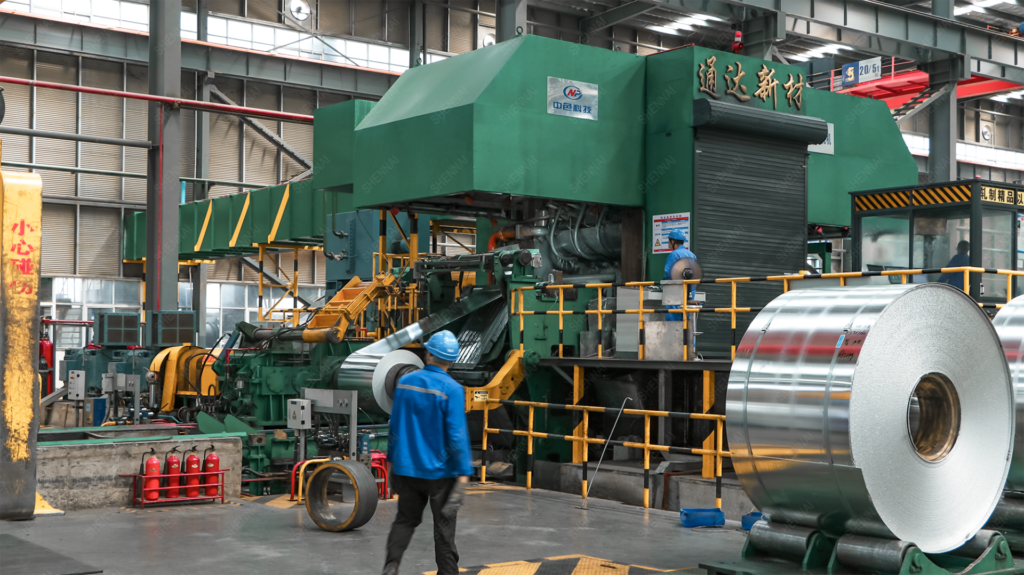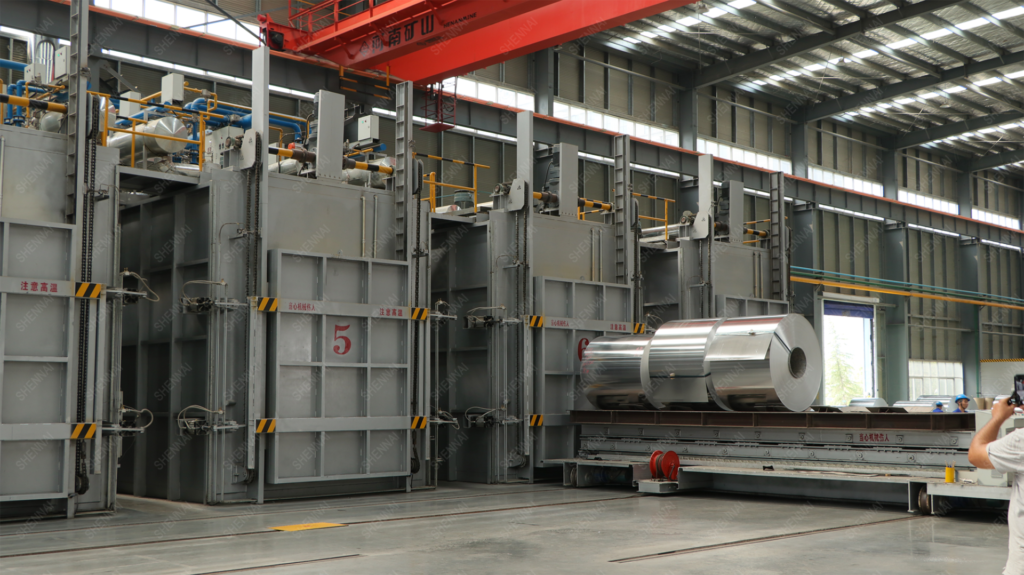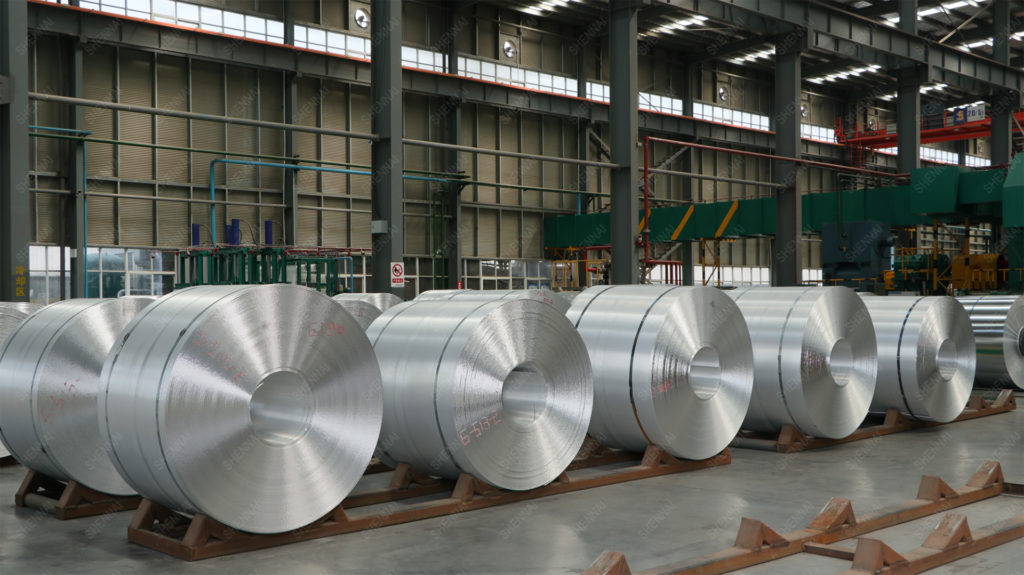- Tel:+8613007564317
- Email:[email protected]
News
An aluminum sheet rolling mill is a manufacturing facility that produces aluminum sheets by passing heated aluminum ingots through a series of rollers to reduce the thickness of the metal and produce a uniform, flat sheet. This process is called rolling and it is the most common method used to produce aluminum sheets for a wide range excerpt …
An aluminum sheet rolling mill is a manufacturing facility that produces aluminum sheets by passing heated aluminum ingots through a series of rollers to reduce the thickness of the metal and produce a uniform, flat sheet. This process is called rolling and it is the most common method used to produce aluminum sheets for a wide range of industrial and commercial applications.
The aluminum sheet rolling process typically involves the following steps.
Aluminum ingots are melted in a furnace and then cast into large, rectangular blocks called slabs.
The slabs are heated to a temperature of around 500-600°C (932-1,112°F) to make them more malleable.
The heated slabs are then passed through a series of hot rolling mills, which use a combination of pressure and heat to reduce the thickness of the metal and produce a long sheet.

The hot rolled sheet is then passed through a series of cold rolling mills, which further reduce the thickness of the metal and produce a uniform, flat sheet.

The cold rolled sheet may then be annealed, or heat-treated, to improve its strength and ductility.
The aluminum sheet may undergo further processing, such as cutting, trimming, or surface finishing, before it is shipped to customers.

We will get in touch with you as soon as possible
